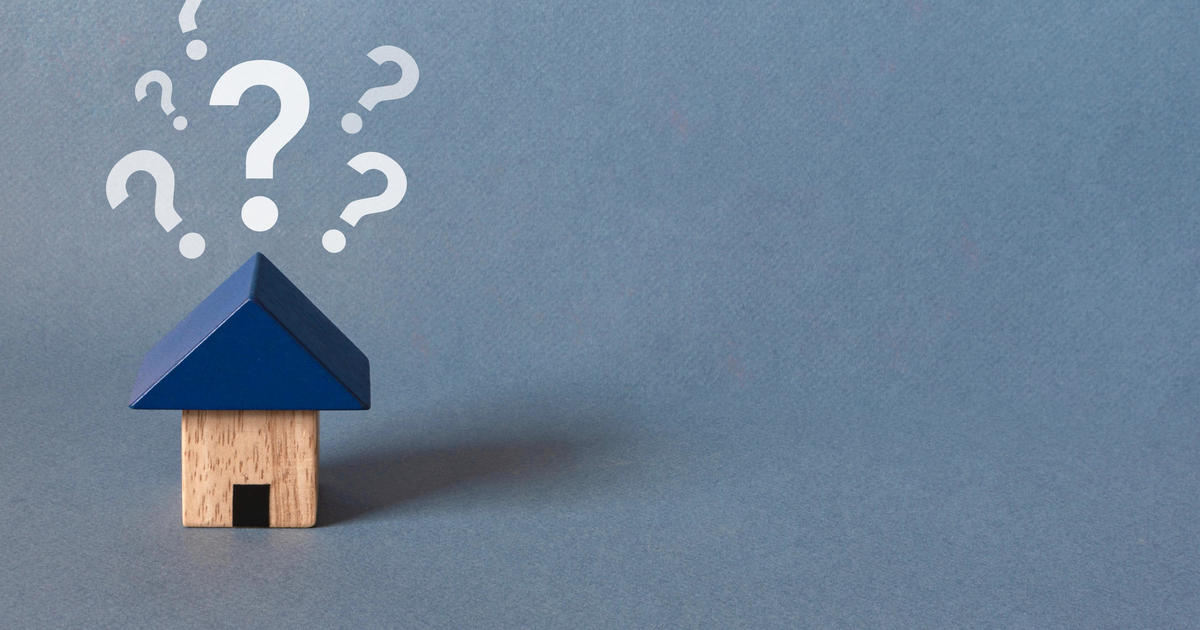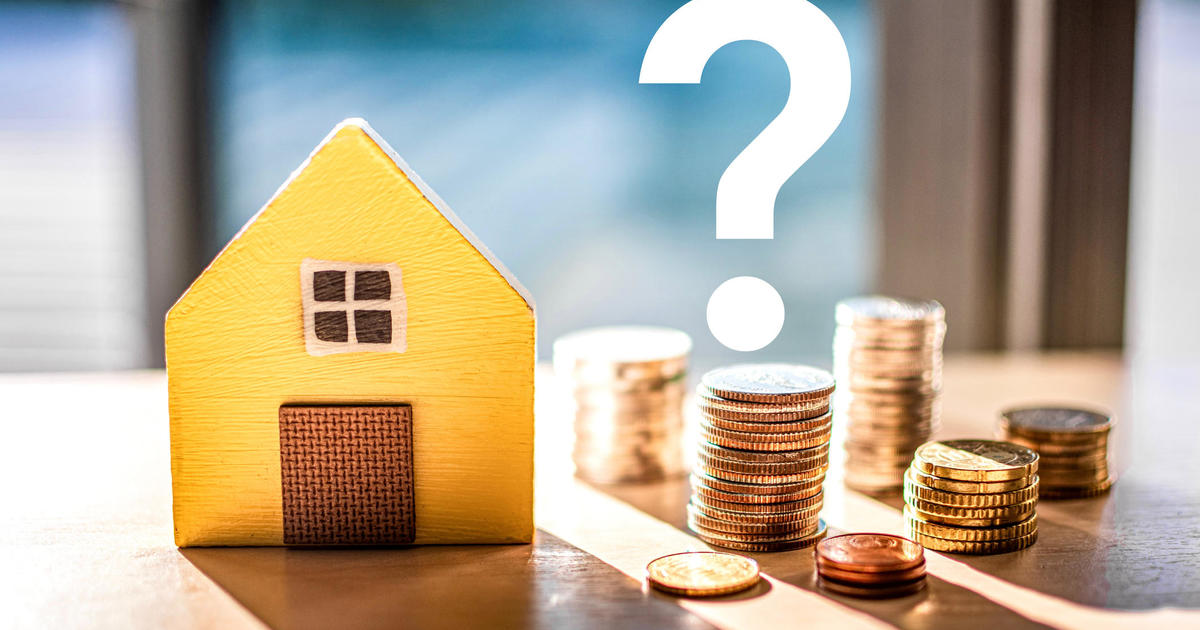Federal Reserve calls inflation "transitory" as it keeps interest rates near zero
The Federal Reserve will continue its ultra-low interest rate policies and bond-buying program, a sign that it wants to see more evidence of a strengthening economic recovery before it considers easing its support.
In a statement Wednesday, the Fed said the economy and job market have "strengthened," and while inflation has risen, Fed policymakers ascribed the increase to temporary factors.
The Fed left its benchmark short-term rate between zero and 0.25%, where it's been since the pandemic erupted nearly a year ago, to help keep loan rates down to encourage borrowing and spending. It also said that it would keep buying $120 billion in bonds each month to try to keep longer-term borrowing rates low.
The U.S. economy has been showing unexpected strength in recent weeks, with barometers of hiring, spending and manufacturing all surging. Most economists say they detect the early stages of a robust and sustained recovery, with coronavirus case counts declining, vaccinations rising and Americans spending their stimulus-boosted savings.
In March, employers added 916,000 jobs — an unheard-of figure before the pandemic. And in April, consumer confidence jumped to its highest level since the pandemic flattened the economy in March of last year.
The quickening pace of growth, alongside large spending packages proposed by President Joe Biden, have raised fears among some analysts that inflation, long quiescent, could rise uncomfortably fast. Raw materials and parts, from lumber to copper to semiconductors, have spiked in price as demand has outstripped the ability of suppliers and shippers to keep up.
Companies have also announced plans to raise prices to offset the cost of more expensive supplies. They include the consumer products giants Procter & Gamble and 3M as well as Honeywell, which makes industrial and consumer goods.
However, Fed Chair Jerome Powell has said the expected price increases should be temporary, and not lead to a prolonged bout of accelerating inflation.
"We want inflation to run a little bit higher than it's been averaging in the last quarter century. We want it at 2%, not 1.7%," Powell told reporters Wednesday afternoon.
A turnaround on inflation
Last summer, the Fed moved away from its longtime policy of raising interest rates in anticipation of high inflation. Powell and other Fed officials have made clear they want to see inflation actually exceed their 2% annual inflation target — and not just briefly — before they'd consider raising rates.
They've set that goal so that inflation would average 2% over time, to offset the fact that it has been stuck below 2% for nearly the entire past decade. Fed policymakers favor price gains at that level as a cushion against deflation — a prolonged drop in prices and wages that typically makes people and companies reluctant to spend.
One reason Powell has said he thinks the inflation pressures building in the U.S. economy will prove temporary is that, for now, most Americans don't expect prices to rise much in the long run.
But once expectations for inflation do rise, they can be self-fulfilling: Workers start demanding higher pay to offset expected price gains, and retailers begin raising prices to offset increased wages and supply costs. This can set off a wage-price spiral, something the United States last experienced in the late 1960s and 1970s.
Maximum employment and expansion
Apart from inflation, the Fed's new framework includes a sweeping definition of maximum employment that includes fully recovering the jobs lost to the pandemic, including among many people of color and low-income workers, before it even considers a rate hike. Powell has also indicated that the Fed would like the roughly 4 million Americans who stopped looking for work after being laid off in the past year to be hired before it considers tightening rates.
"Eight and a half million people who had jobs in February [2020] don't have them now, so we have a long way to go," Powell said Wednesday.
The Fed's policymakers themselves have turned more optimistic about the recovery. Last month, they significantly upgraded their forecasts for growth and inflation, predicting the economy will expand 6.5% this year, up sharply from their previous projection in December of 4.2%. And they raised their forecast for inflation by the end of this year from 1.8% to 2.4%.
"With no meaningful change to monetary policy or communication, this meeting was simply a message to market participants to sit back and observe as the economic recovery continues to unfold," Charlie Ripley, senior investment strategist for Allianz Investment Management, said in a note. "It is difficult to argue the Fed's position on inflation given the amount of slack that still exists in the labor market."
CBS News' Irina Ivanova contributed reporting.



